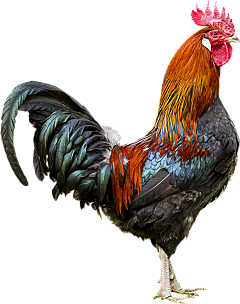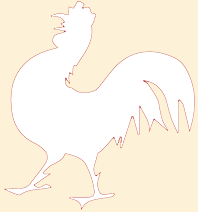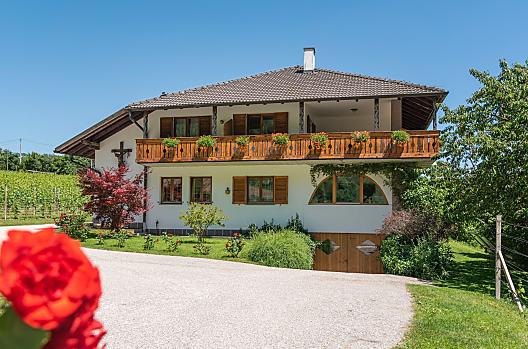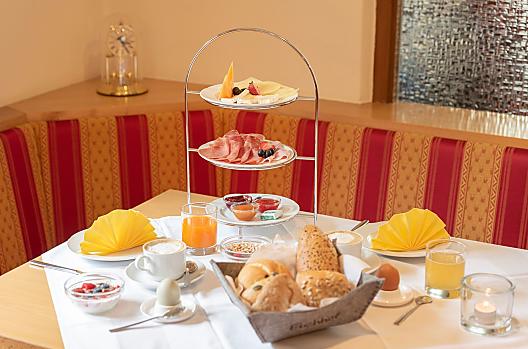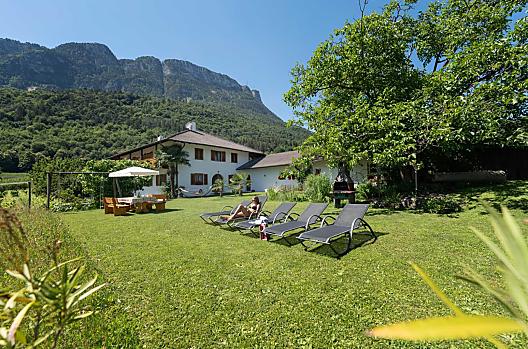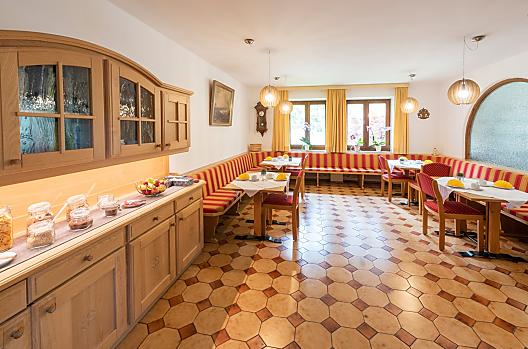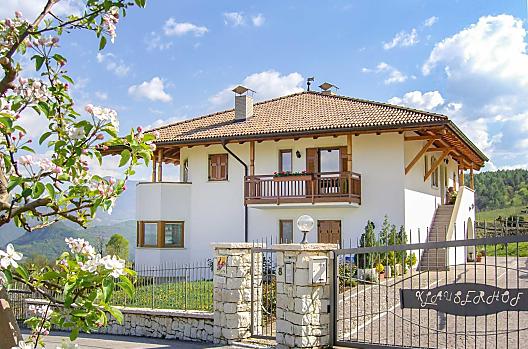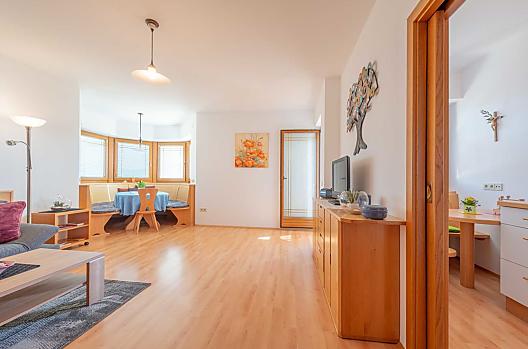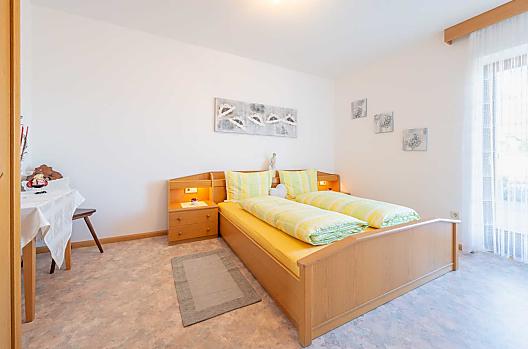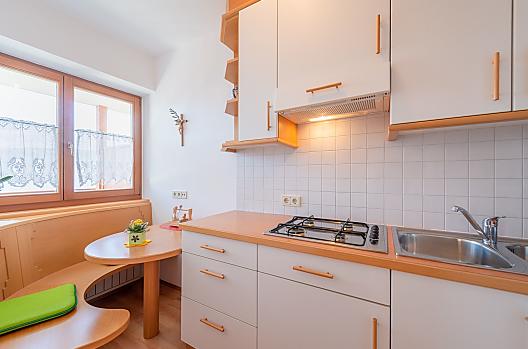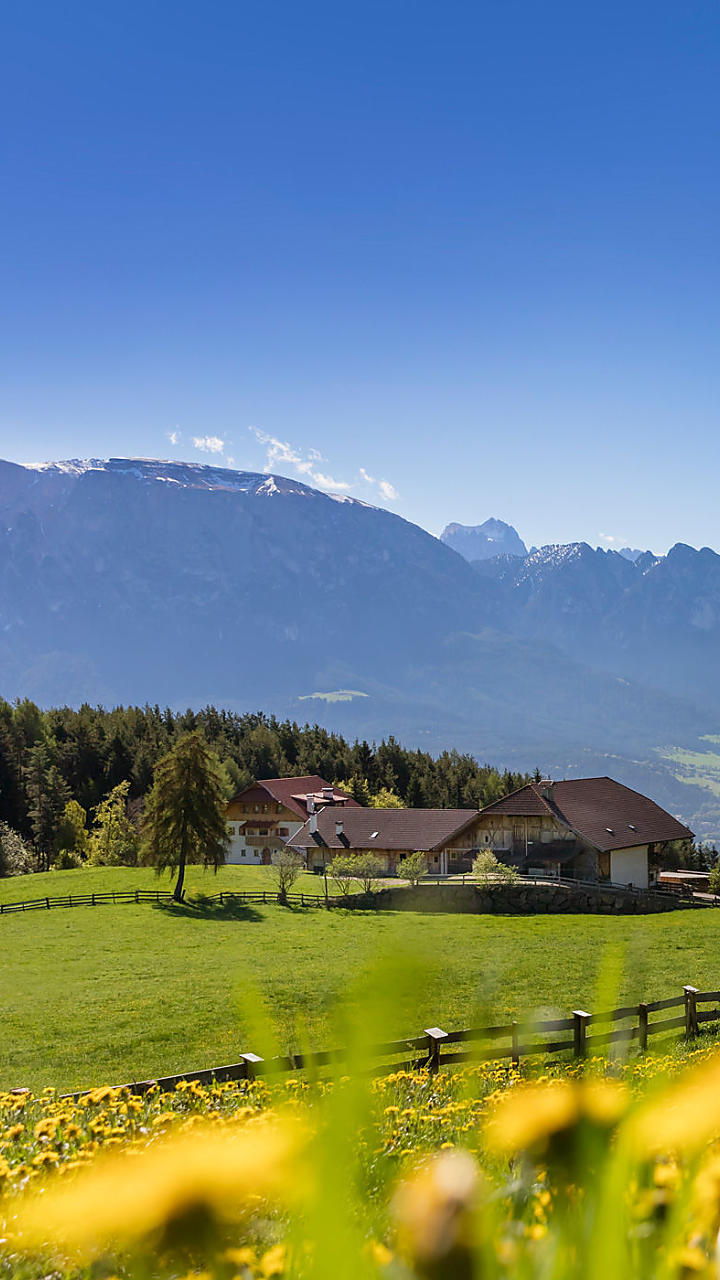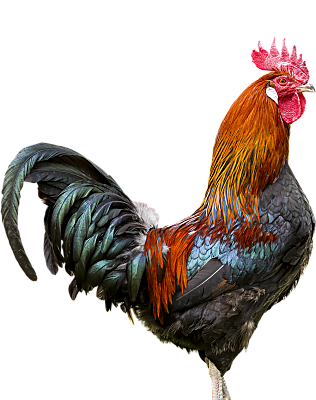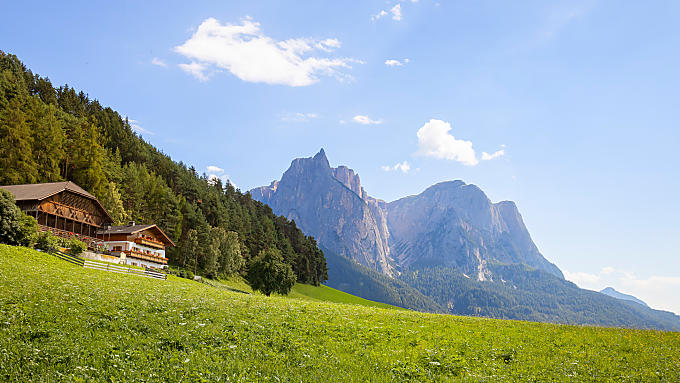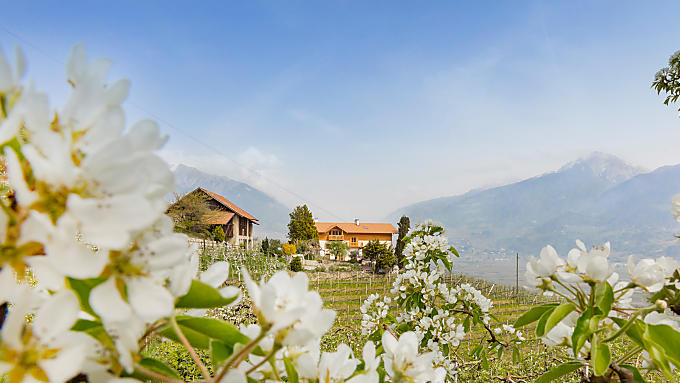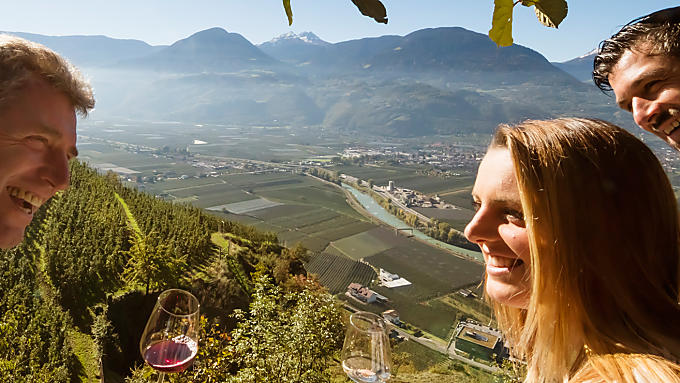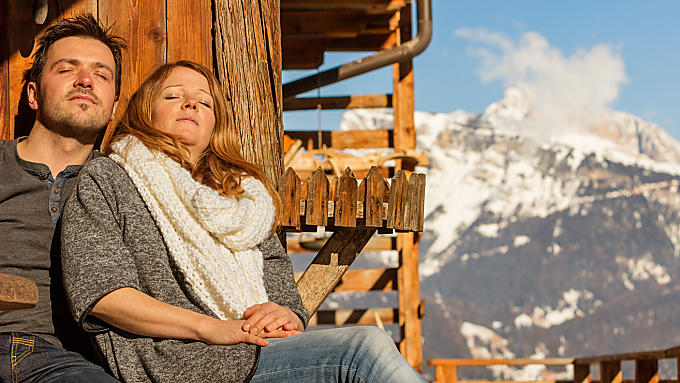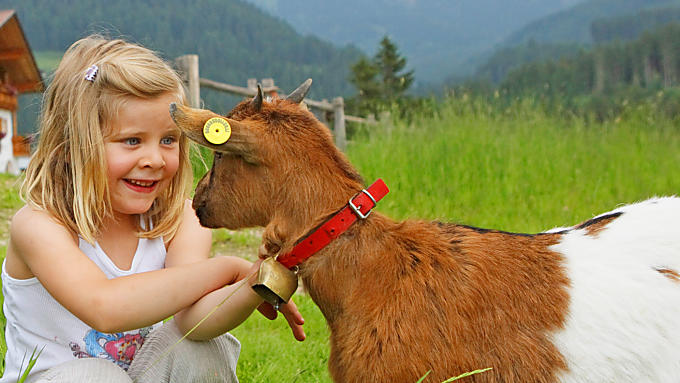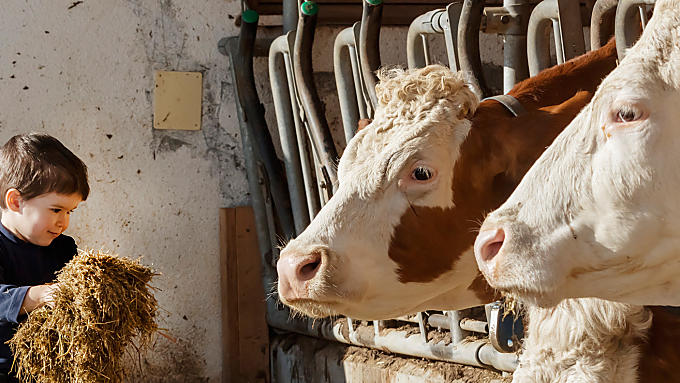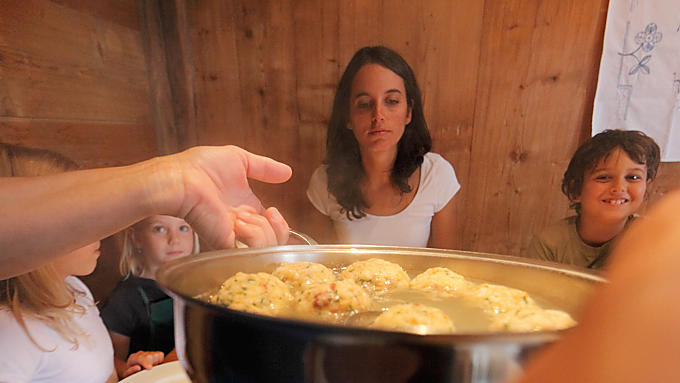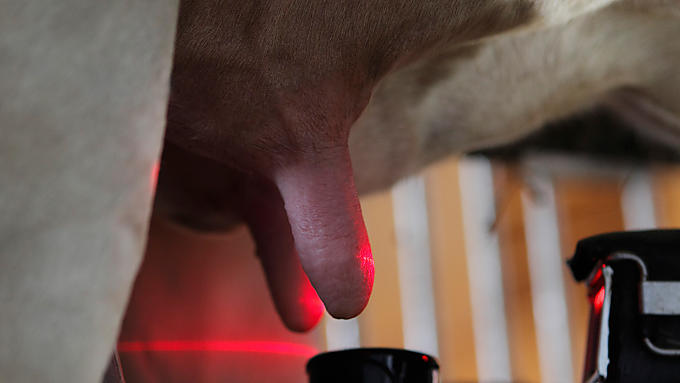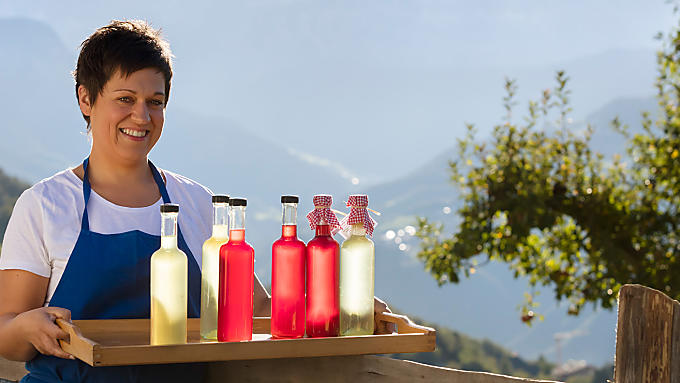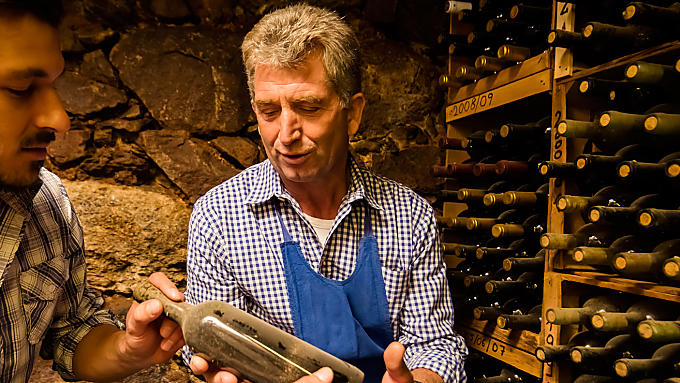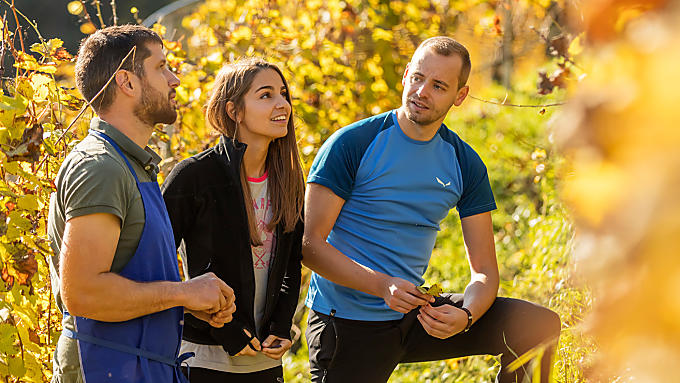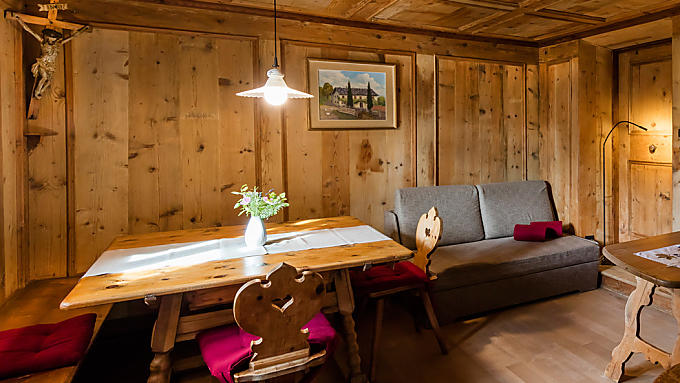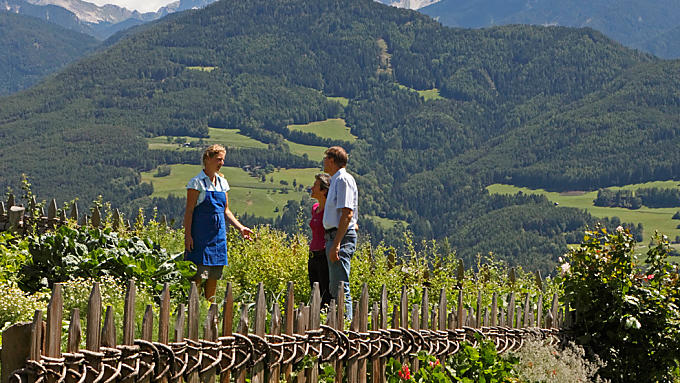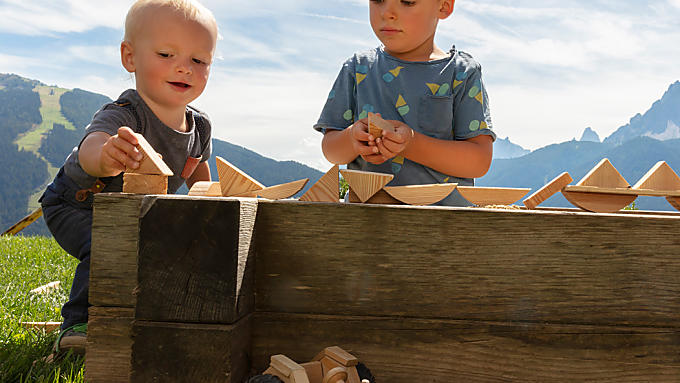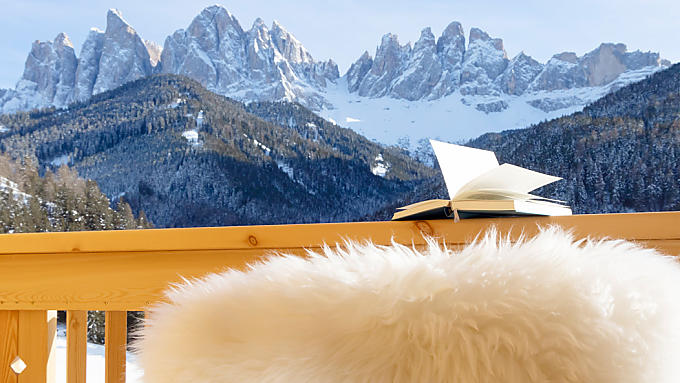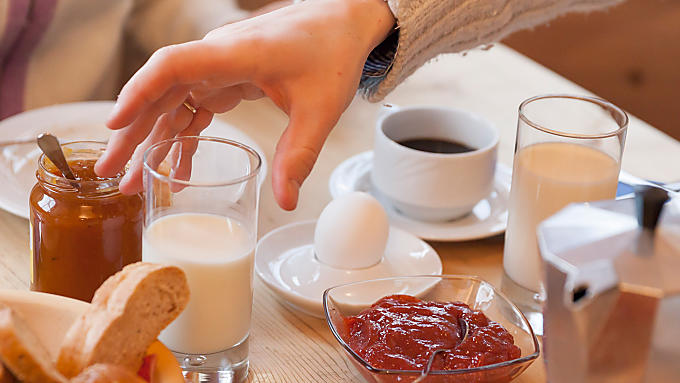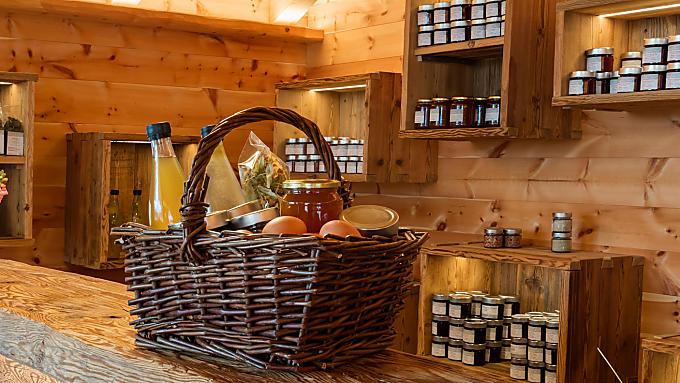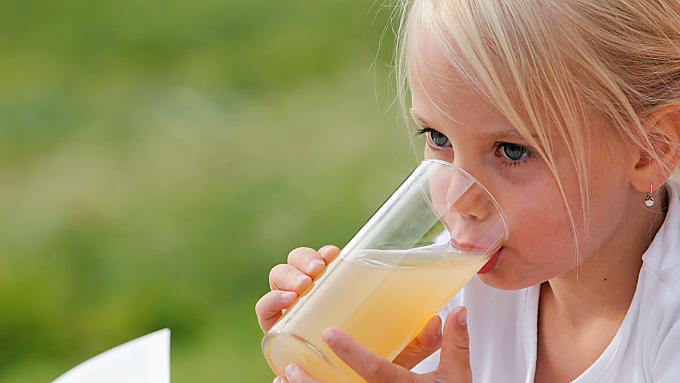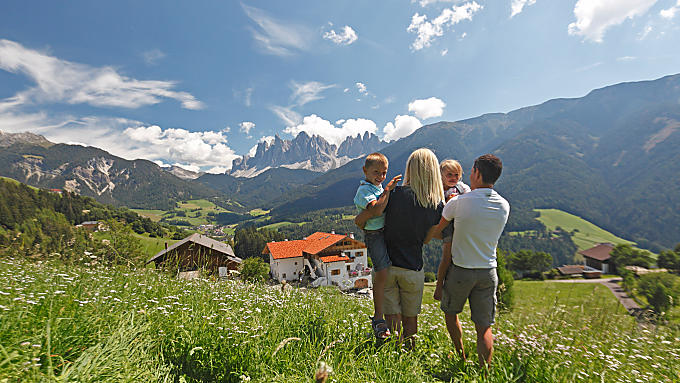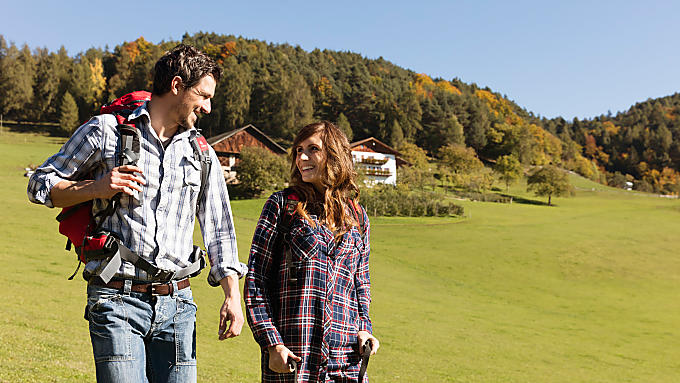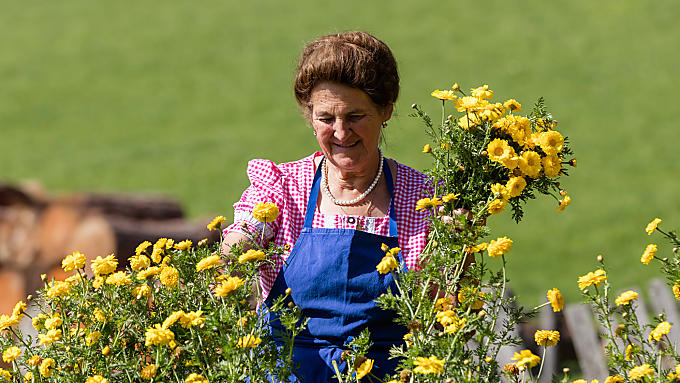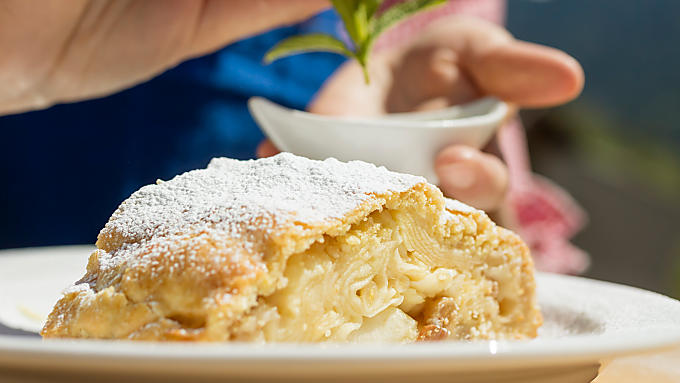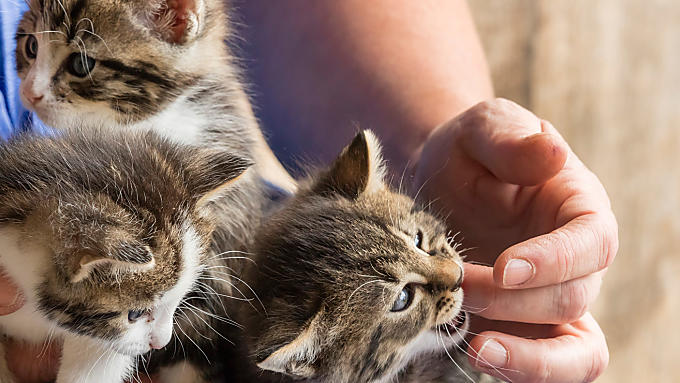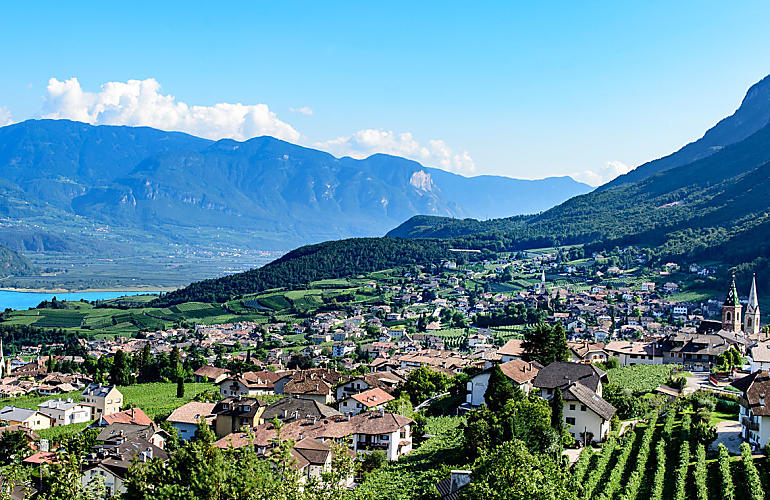
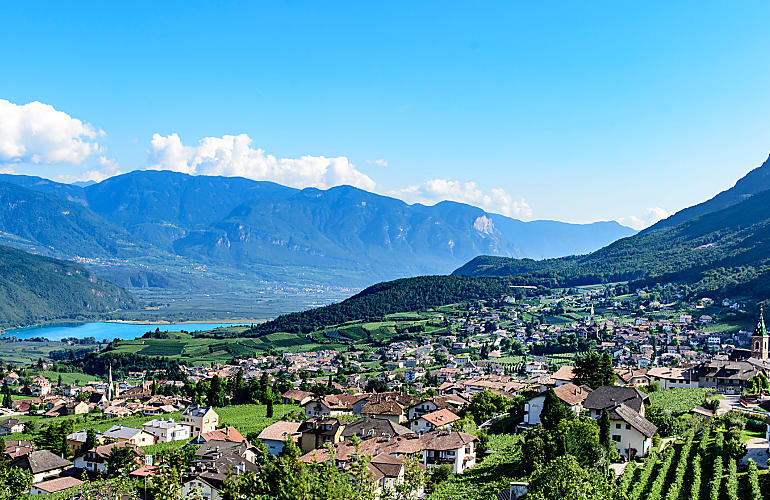
The Tuscany of South Tyrol
Holiday location
Farm Holidays in Kaltern
On a Farm Holiday in Kaltern an der Weinstraße, this village and Tuscany seem closer than expected.
Double lancet windows with centre columns, windows and doors framed in marble and stone, columns, battlements, ornate sandstone bay windows and archways. These are a few of the features of the so-called 'Überetsch' architectural style. It goes back to the time when Claudia de' Medici, offspring of the powerful Florentine ruling family, governed Tirol in the 17th century. Under her reign, Tuscan builders came to South Tyrol and Kaltern, where lots of buildings still bear their signature.
On a Farm Holiday in Kaltern an der Weinstraße, this village and Tuscany seem closer than expected.
Double lancet windows with centre columns, windows and doors framed in marble and stone, columns, battlements, ornate sandstone bay windows and archways. These are a few of the features of the so-called 'Überetsch' architectural style. It goes back to the time when Claudia de' Medici, offspring of the powerful Florentine ruling family, governed Tirol in the 17th century. Under her reign, Tuscan builders came to South Tyrol and Kaltern, where lots of buildings still bear their signature.
The landscape around Kaltern to the southwest of Bozen is reminiscent of the Italian region, too: nine districts, lying at 200 to 600 metres above sea level, are distributed over hilly, mountainous countryside dotted with vineyards.
History and stories to tell
119. This is the number of listed buildings that may be found in the municipality of Kaltern. The centre of Kaltern an der Weinstraße is a historical gem in particular, with hardly a building that does not have listed status. Yet Kaltern is not like an untouchable museum. The market square is full of hustle and bustle and there's no risk of going hungry or dying of thirst, as there are lots of restaurants for guests to choose from.
If you fancy a little more movement after a stroll through the centre and lunch, there is a walk to the ruins of Leuchtenburg castle or to St. Peter in the hamlet of Altenburg. The over 800-year-old ruins, especially pleasant to walk to in spring or autumn, do not just make the ideal viewpoint, but feature three castle ghosts. At least, this is the legend woven around these walls.
Not so steeped in legend, but just as steeped in history is St. Peter's basilica. This church, which has fallen into ruin, has remains from the 6th century and is one of the oldest churches in South Tyrol. St. Peter's may also be reached by an untamed and rather wild path through the Rastenbachklamm gorge: the route through this gorge biotope leading over steep tracks, bridges and wooden beams will keep you on your toes.
Heady thrills
Of course, not all ways have to lead to St. Peter or the Leuchtenburg when staying in a holiday flat or room in Kaltern an der Weinstraße. There are hiking paths going in all directions and anywhere your feet can take you. Kalterer See lake alone is such a well-known destination that we have dedicated an article to it.
If you fancy heading for the heights, then you don't just have to rely on your legs and stamina up there. The municipality is one of the most popular regions for paragliders and hanggliders, who can glide from the Lavinaspitz mountain and the Penegal ridge to the landing point on the southern side of Kalterer See lake. The paragliding club also offers tandem flights for novices and adventure seekers.
A trip with the Mendelbahn funicular railway from the district of St. Anton to the Mendel Pass will take you to the same altitude but with fewer thrills. Built in 1903, it was the steepest and longest single funicular in Europe. But don't worry, it receives regular maintenance checks and repairs. Once up on the pass, you can walk or get on your bike. Along with the whole area around Kaltern, the Mendel mountain has lots to offer cyclists and mountain bikers as well as hikers.
The landscape around Kaltern to the southwest of Bozen is reminiscent of the Italian region, too: nine districts, lying at 200 to 600 metres above sea level, are distributed over hilly, mountainous countryside dotted with vineyards.
History and stories to tell
119. This is the number of listed buildings that may be found in the municipality of Kaltern. The centre of Kaltern an der Weinstraße is a historical gem in particular, with hardly a building that does not have listed status. Yet Kaltern is not like an untouchable museum. The market square is full of hustle and bustle and there's no risk of going hungry or dying of thirst, as there are lots of restaurants for guests to choose from.
If you fancy a little more movement after a stroll through the centre and lunch, there is a walk to the ruins of Leuchtenburg castle or to St. Peter in the hamlet of Altenburg. The over 800-year-old ruins, especially pleasant to walk to in spring or autumn, do not just make the ideal viewpoint, but feature three castle ghosts. At least, this is the legend woven around these walls.
Not so steeped in legend, but just as steeped in history is St. Peter's basilica. This church, which has fallen into ruin, has remains from the 6th century and is one of the oldest churches in South Tyrol. St. Peter's may also be reached by an untamed and rather wild path through the Rastenbachklamm gorge: the route through this gorge biotope leading over steep tracks, bridges and wooden beams will keep you on your toes.
Heady thrills
Of course, not all ways have to lead to St. Peter or the Leuchtenburg when staying in a holiday flat or room in Kaltern an der Weinstraße. There are hiking paths going in all directions and anywhere your feet can take you. Kalterer See lake alone is such a well-known destination that we have dedicated an article to it.
If you fancy heading for the heights, then you don't just have to rely on your legs and stamina up there. The municipality is one of the most popular regions for paragliders and hanggliders, who can glide from the Lavinaspitz mountain and the Penegal ridge to the landing point on the southern side of Kalterer See lake. The paragliding club also offers tandem flights for novices and adventure seekers.
A trip with the Mendelbahn funicular railway from the district of St. Anton to the Mendel Pass will take you to the same altitude but with fewer thrills. Built in 1903, it was the steepest and longest single funicular in Europe. But don't worry, it receives regular maintenance checks and repairs. Once up on the pass, you can walk or get on your bike. Along with the whole area around Kaltern, the Mendel mountain has lots to offer cyclists and mountain bikers as well as hikers.
Farm search
Holiday farms in Kaltern an der Weinstraße
3 reasons
A holiday in Kaltern an der Weinstraße
The warmest bathing lake
in the Alps: Kalterer See
Rastenbachklamm gorge
and ruins of Leuchtenburg
Funicular railway to
the Mendel Pass
Older than the ancient Romans
This concerns the wine. When reading about ancient Rome, you can only wonder at the benefits they brought to the populations of the time as they made their way across Europe. But, when it came to wine, they arrived in Kaltern an der Weinstraße too late.
This concerns the wine. When reading about ancient Rome, you can only wonder at the benefits they brought to the populations of the time as they made their way across Europe. But, when it came to wine, they arrived in Kaltern an der Weinstraße too late.
As they advanced into Raetia, as they called this area, in 15 BC, they found a traditional wine culture already in place. And because the wine from Kaltern is older than the ancient Romans, it has become an honorary resident of the parish, so to speak. A wine museum in the village centre and a wine educational trail at Castel Sallegg describe its history and significance for the area. It takes centre stage at events such as the Kaltern Wine Walks and Wineparty in spring and the Kaltern Wine Days in autumn.

